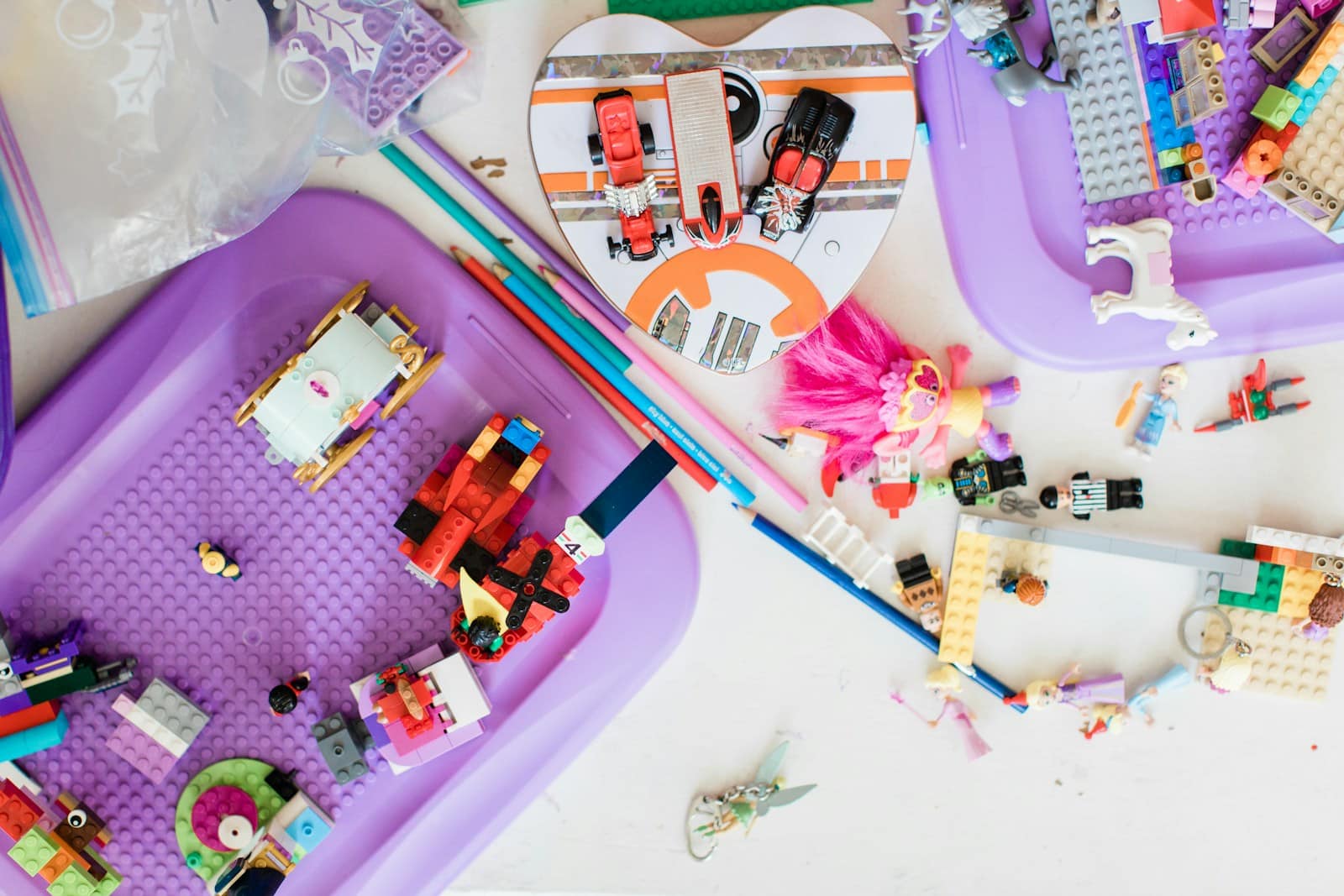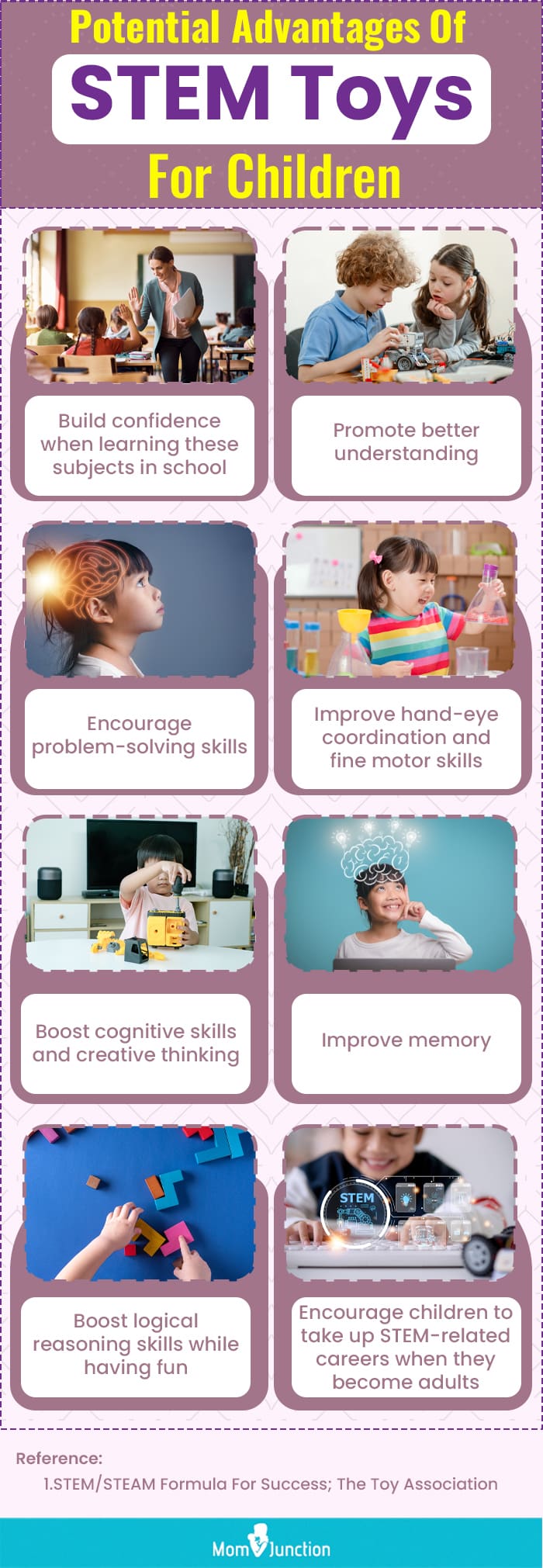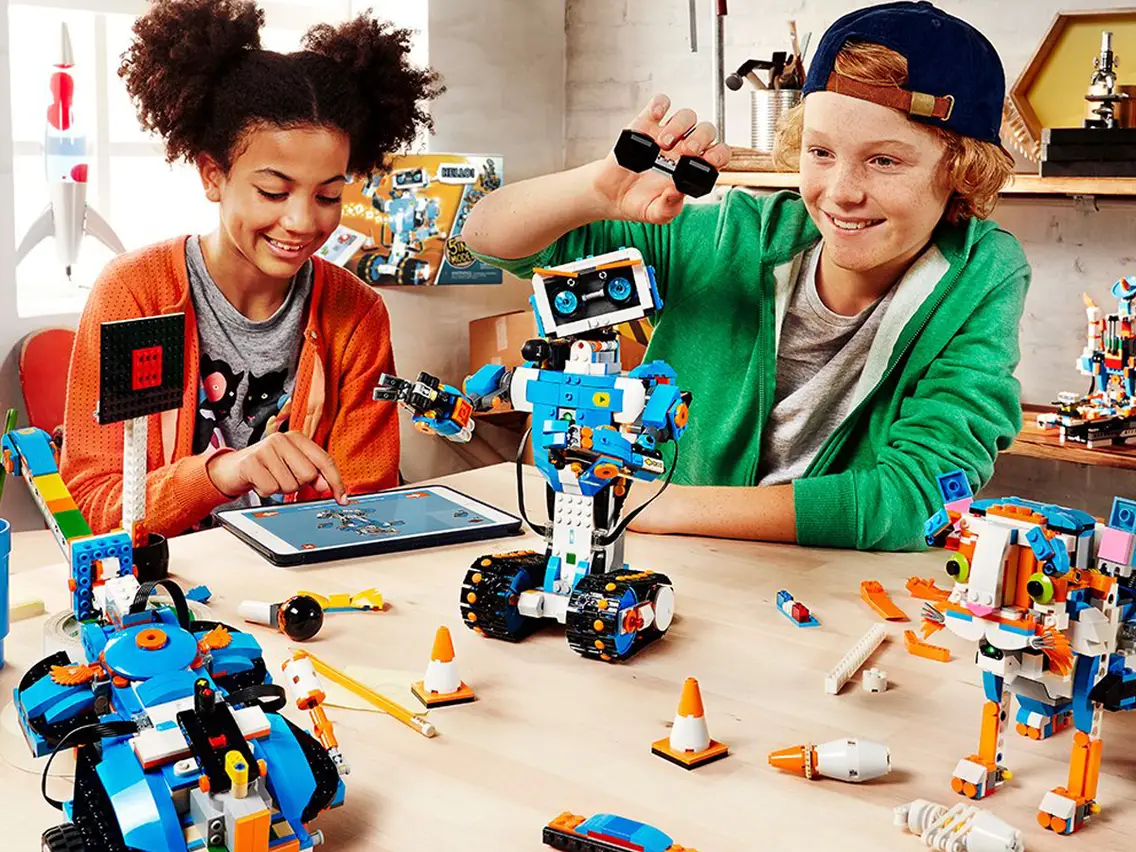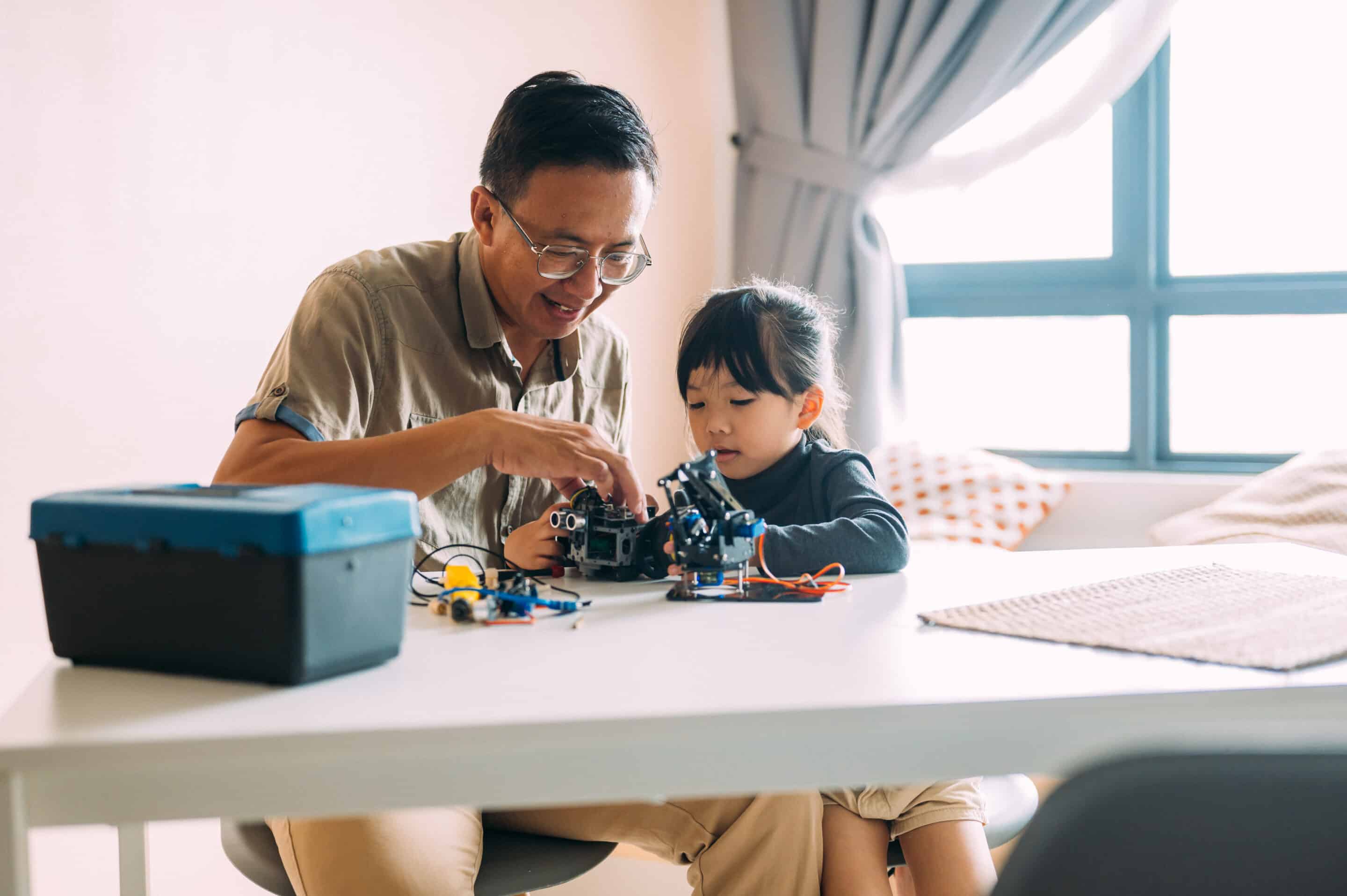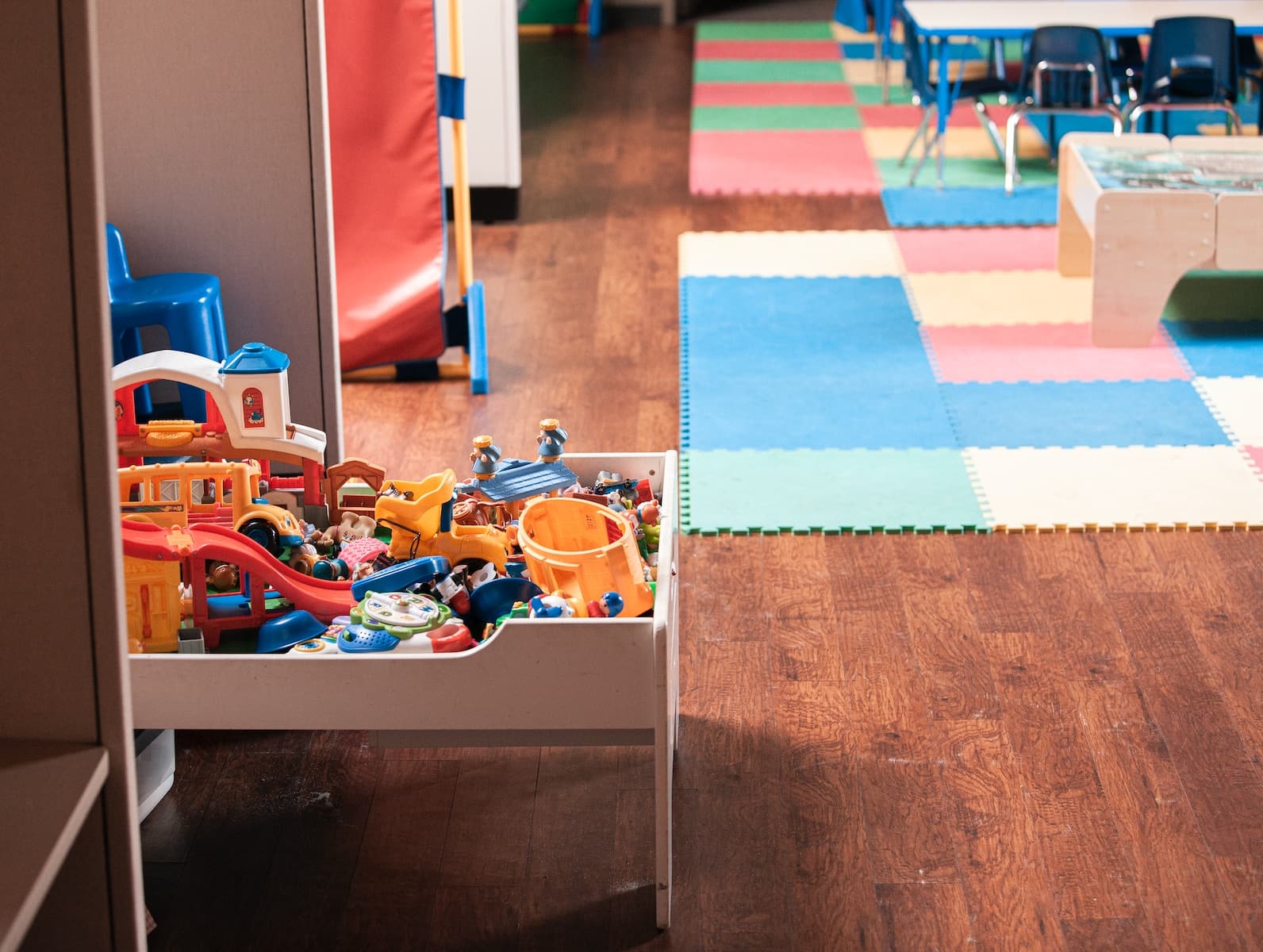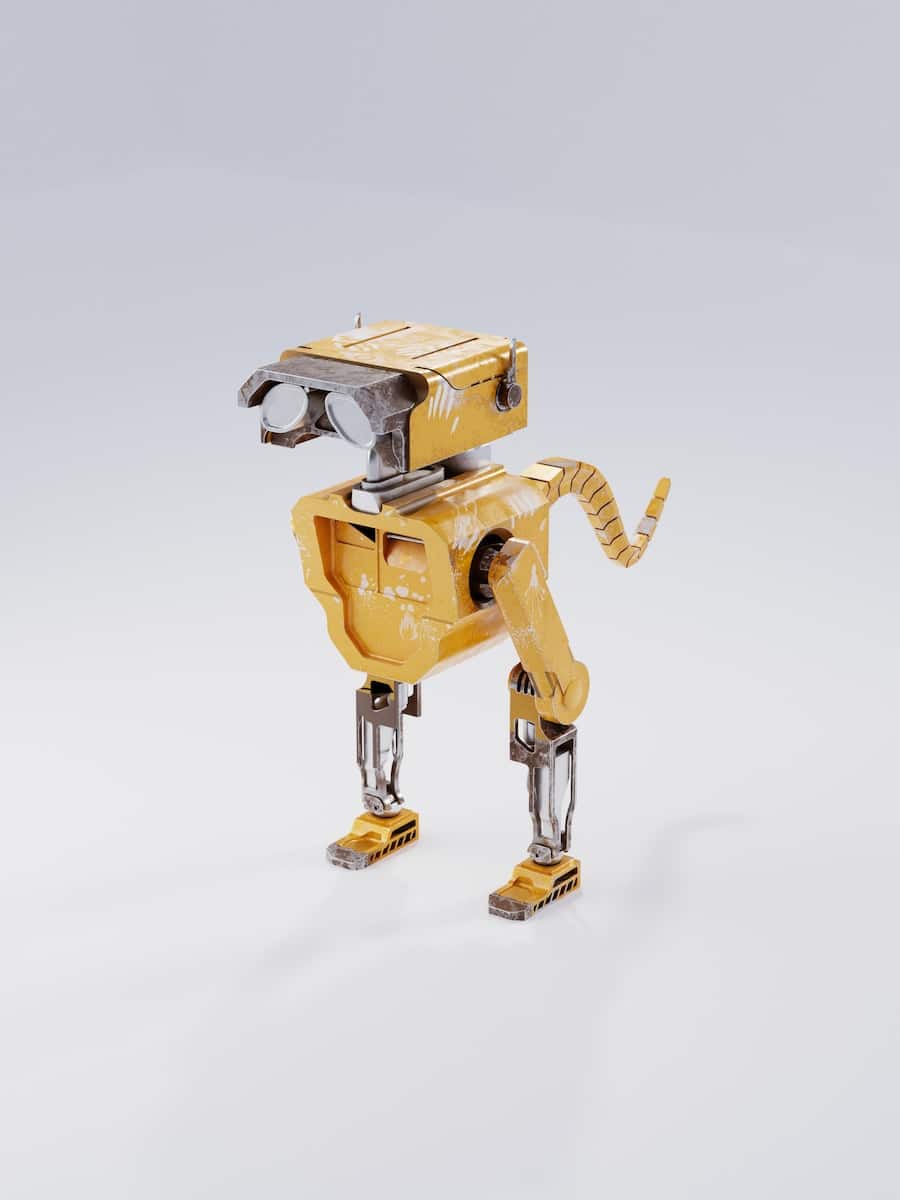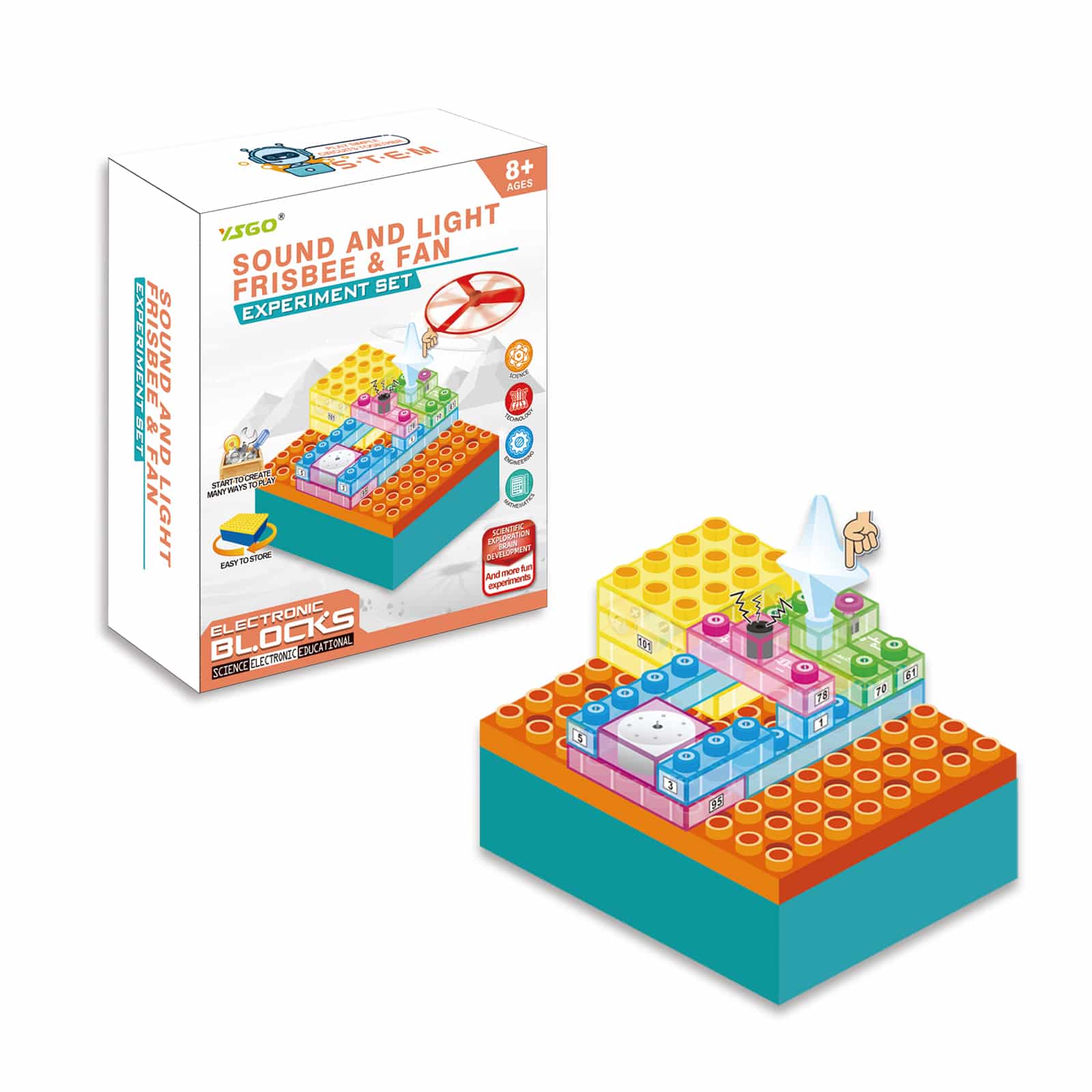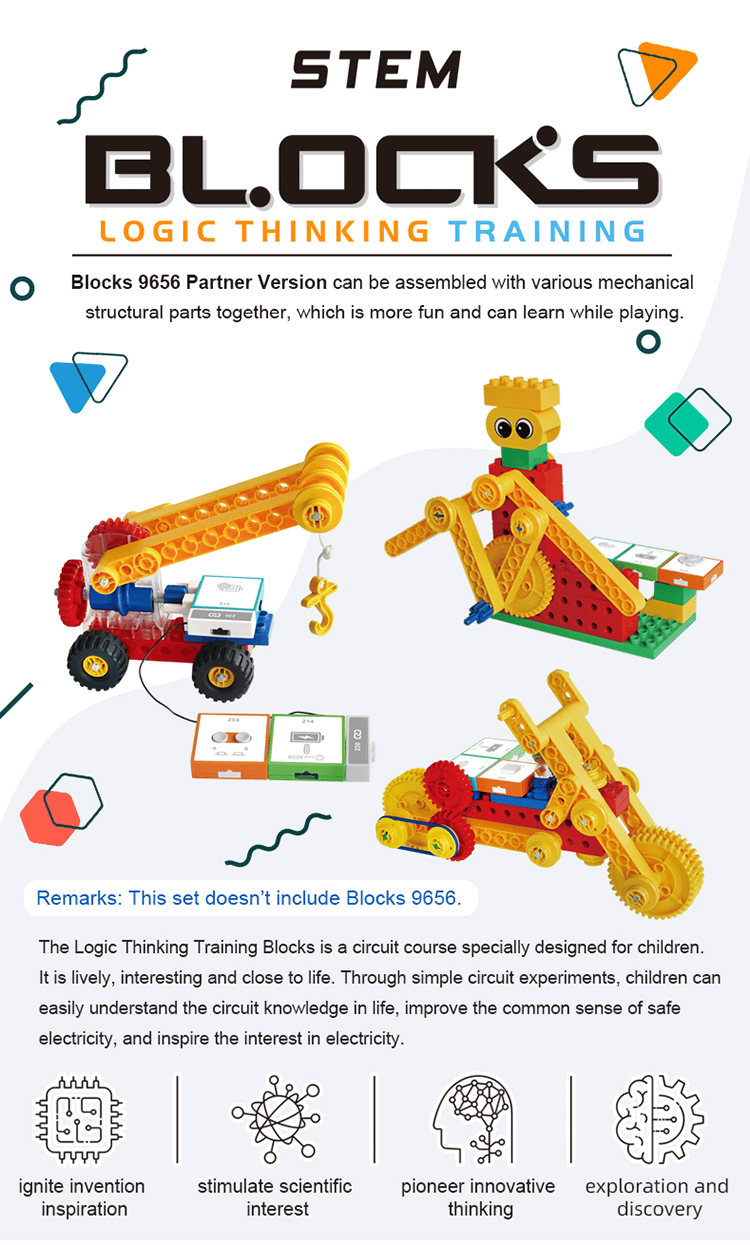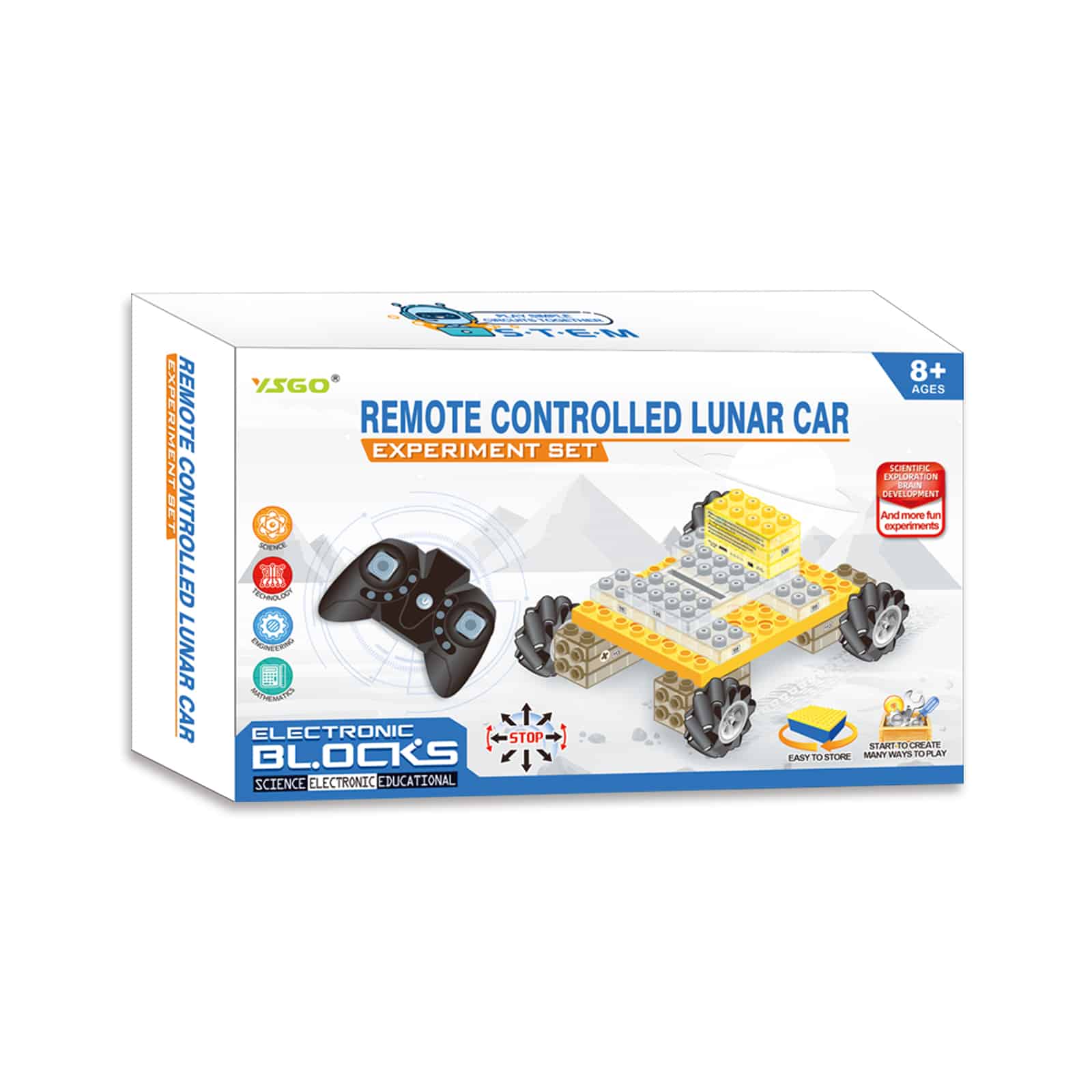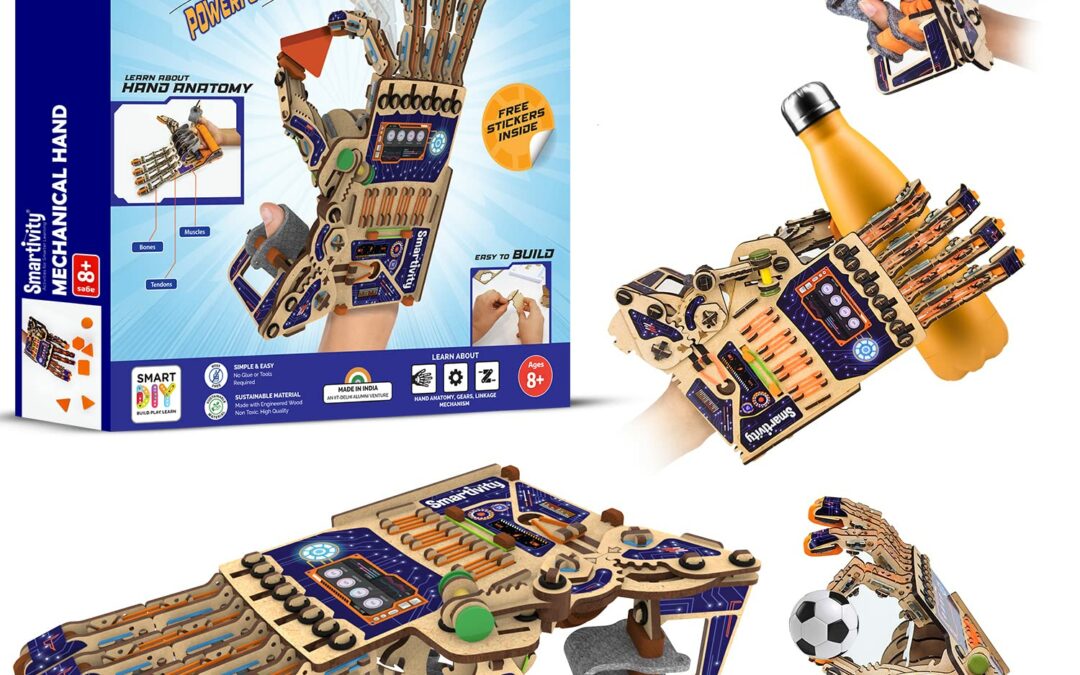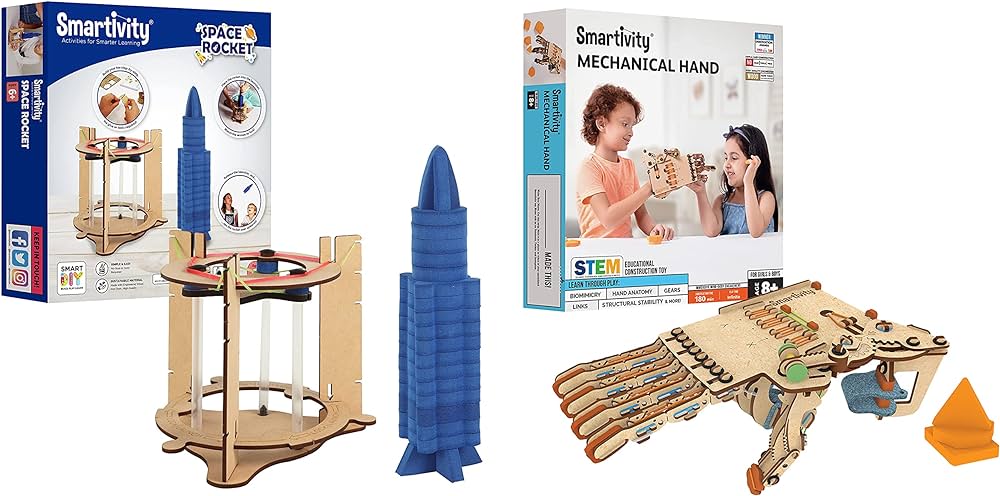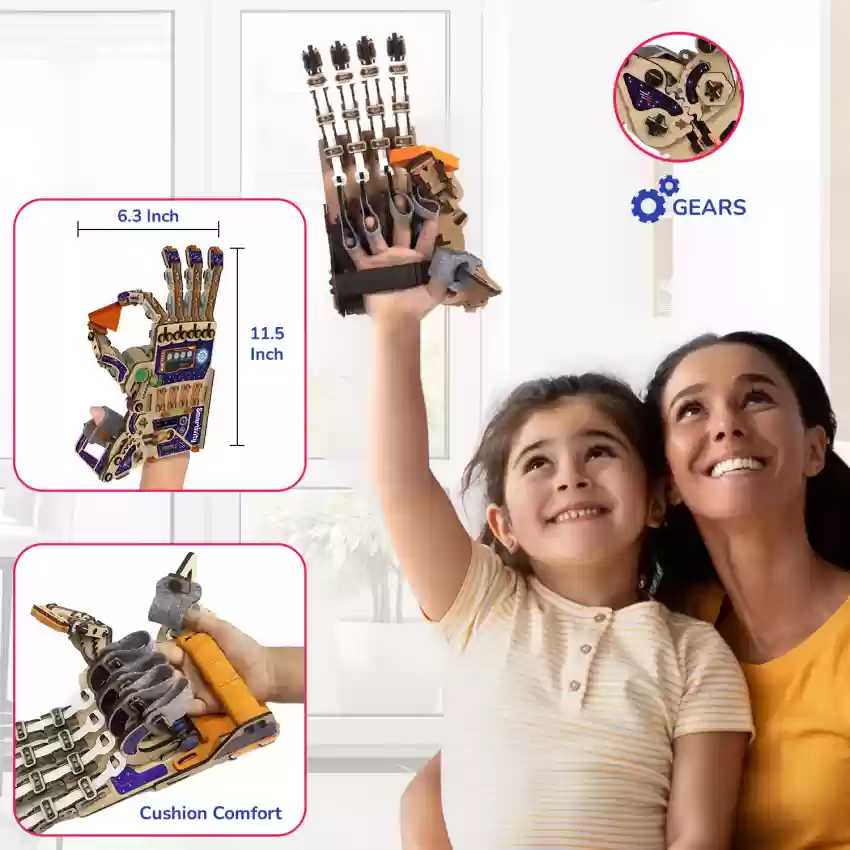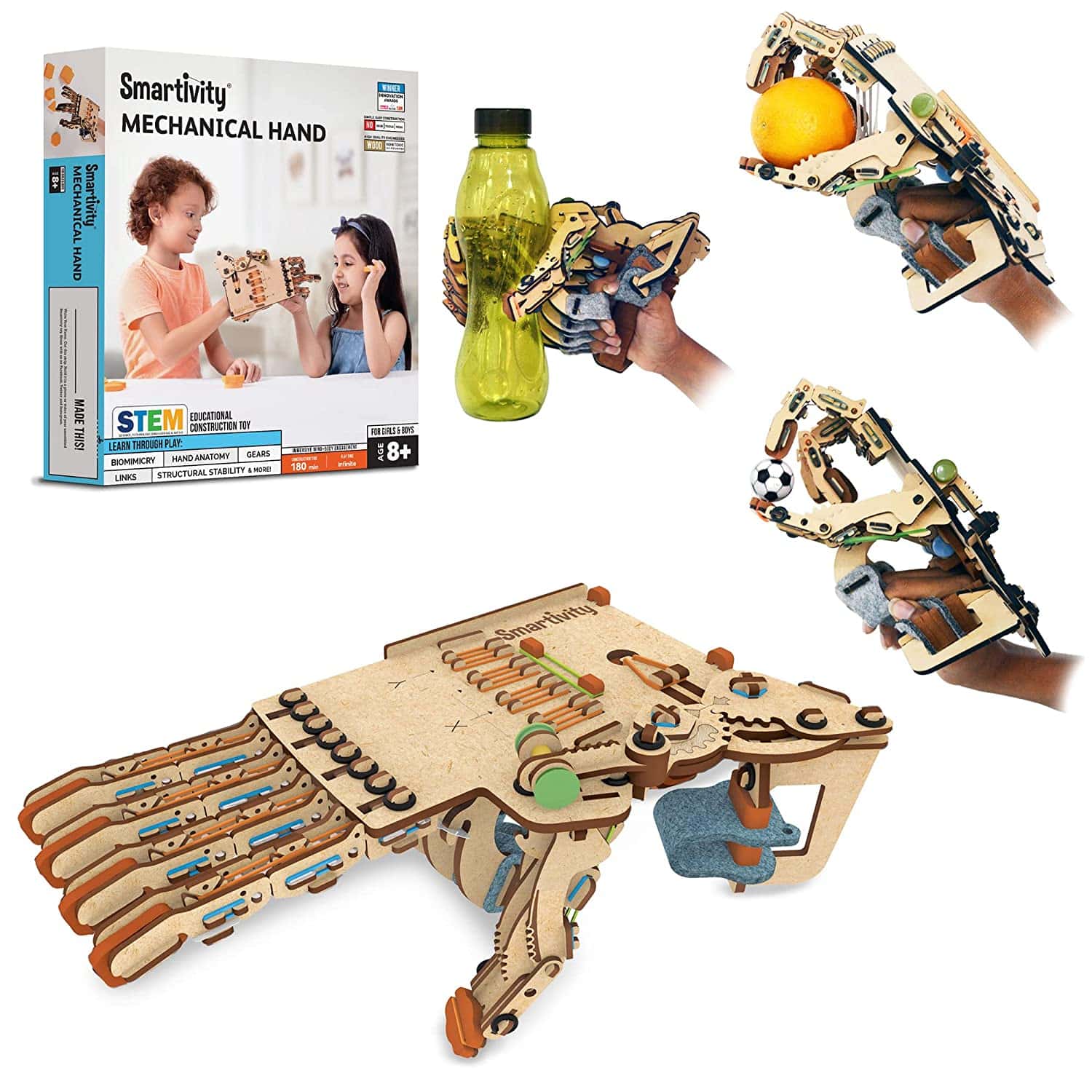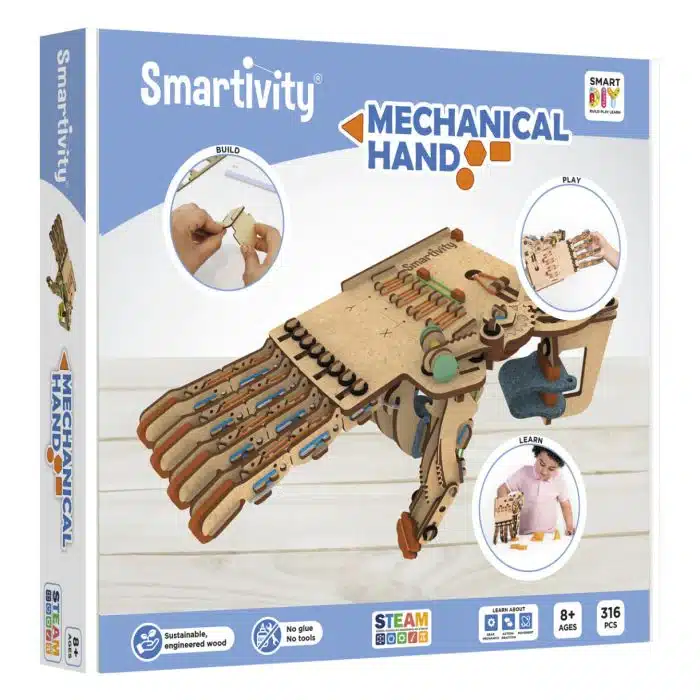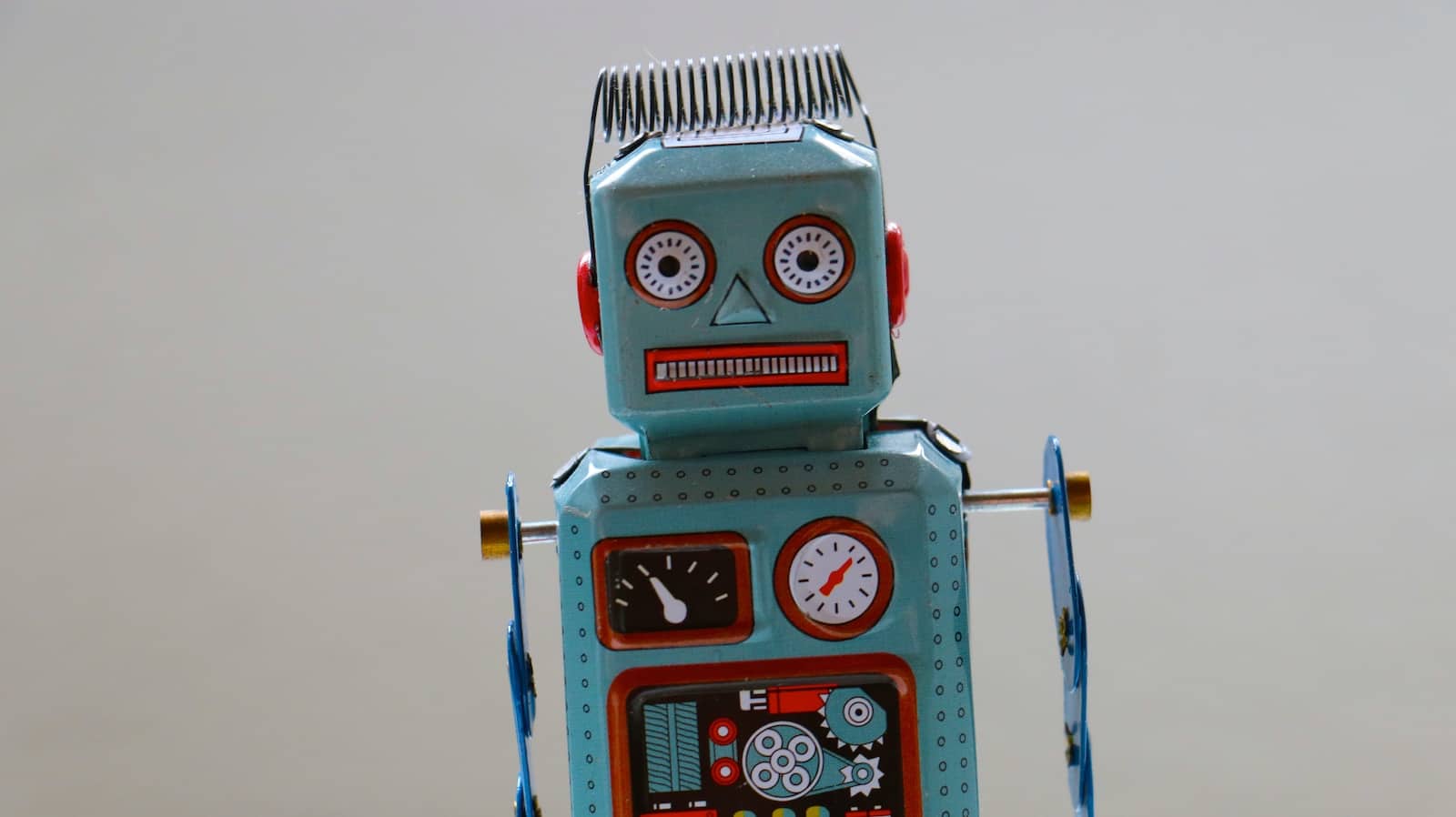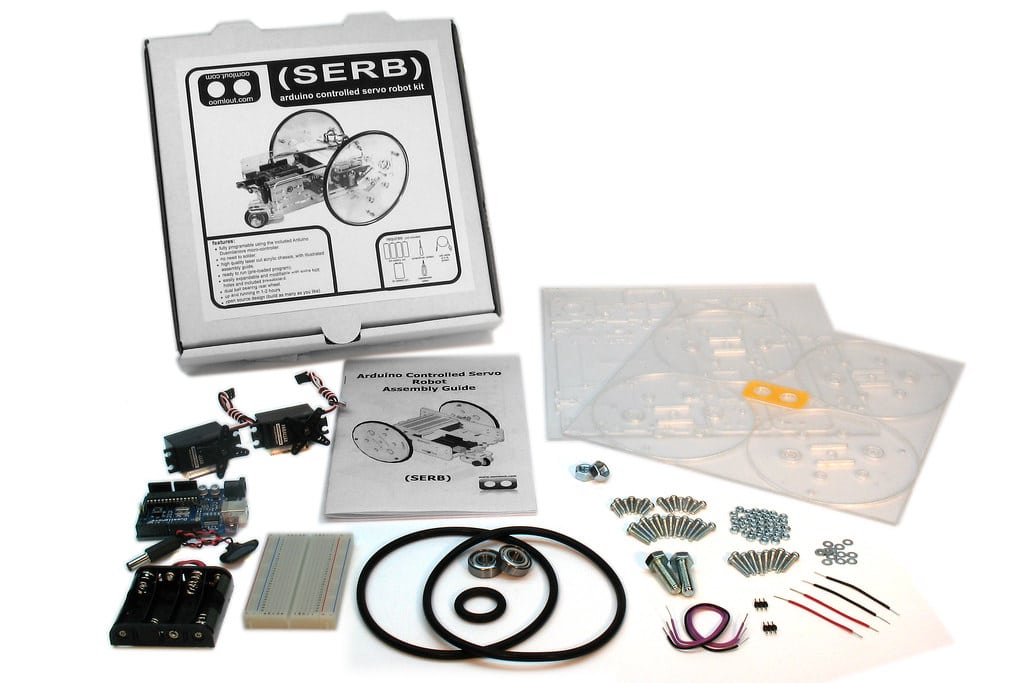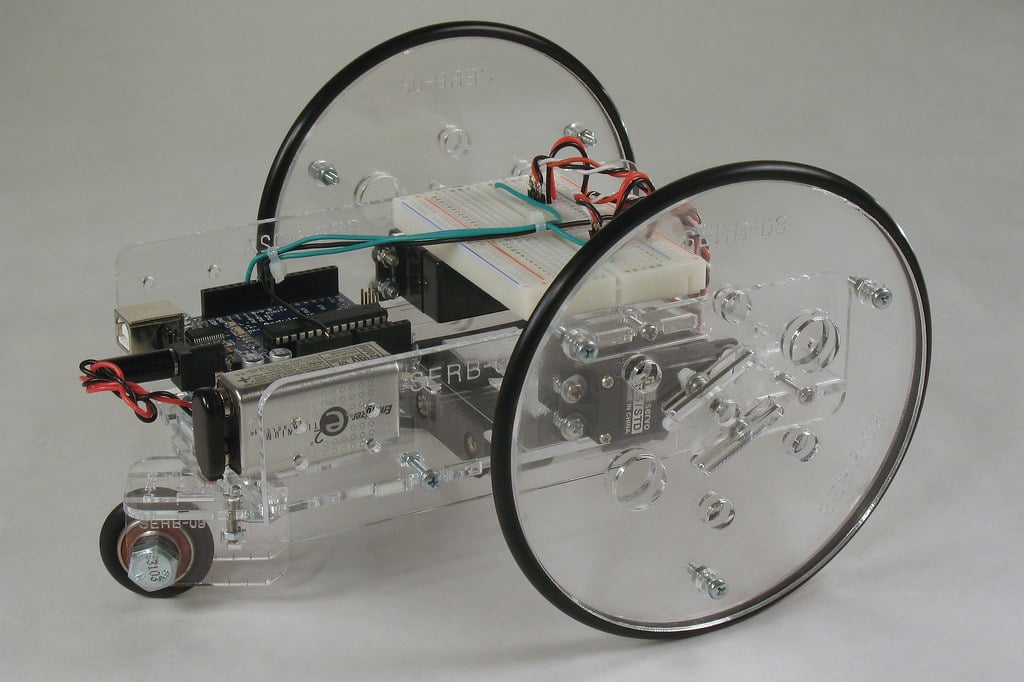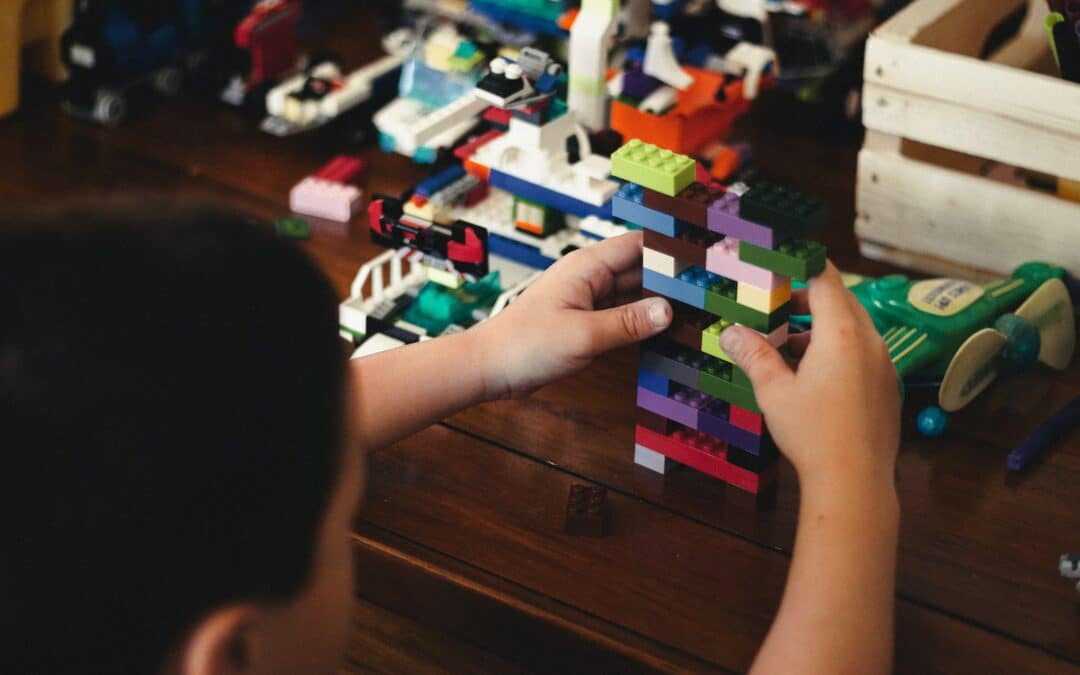
The Best STEM Toys for Kids in 2024
Introduction
STEM (Science, Technology, Engineering, Mathematics) education is crucial for nurturing critical thinking, creativity, and problem-solving skills in children. Interactive STEM toys introduce core concepts in an engaging way while building a lifelong passion for learning. As we enter 2024, the STEM toy market continues to grow with innovative products that go beyond textbooks to foster development.
This article provides an overview of the latest trends in STEM toys and recommendations tailored to various age groups. The goal is to help parents and educators select toys that impart key skills to children while capturing their natural curiosity. Let’s explore some of the best STEM toys that 2024 has to offer!
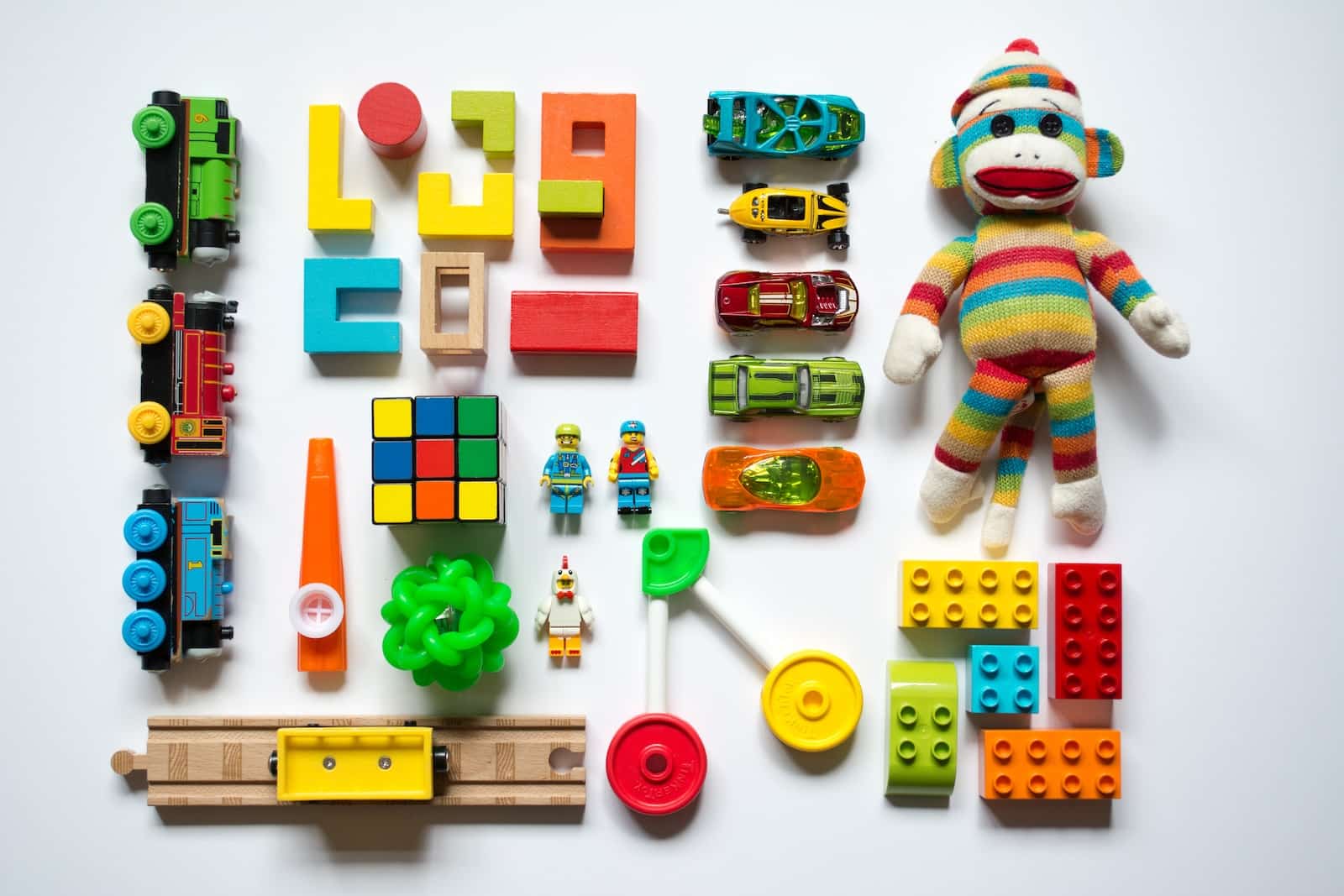
Section 1: The Rise of STEM Toys in Modern Education
STEM toys take learning out of the abstract by letting kids directly experience scientific phenomena and engineering challenges. Building a circuit or programming a robot makes abstract concepts tangible. The hands-on learning process also helps children better retain information.
As technology advances, STEM toys incorporate new components like robotics, coding and augmented reality to the age-old favorites of construction sets and chemistry kits. They present multifaceted problems for children to creatively solve while picking up essential STEM skills, almost unconsciously, through play. Their open-ended nature nurtures inquisitiveness, critical analysis and troubleshooting abilities.
Educators increasingly recognize the ability of STEM toys to complement formal education with an informal, engaging method. Their effectiveness continues to drive the exponential growth of the STEM toy market.

Section 2: Top STEM Toys for Various Age Groups
Subsection 2.1: STEM Toys for Preschoolers (Ages 4-5)
At the preschool age, STEM toys focus on building basic concepts of cause-and-effect, measurement, construction, and elementary science. Fun, colorful sets with easy-to-manipulate parts allow children to intuitively grasp fundamental ideas like gravity, magnetism, sinking/floating through hands-on play.
Examples
- BotleyTM Coding Robot: With intuitive remote control and coding cards, Botley teaches early programming concepts through obstacle navigation challenges.
- Learning Resources Gears! Gears! Gears!: Bright, interlocking gear sets introduce young engineers to mechanisms and motion transfer principles.
Gears
Gears! Gears! Gears! Set
Subsection 2.3: STEM Toys for Early School-Age Kids (Ages 6-8)
As children enter early elementary school, their cognitive abilities expand to tackle more complex STEM concepts using toys with sequenced challenges to solve. Toys targeted at 6-8 year olds build up on preschool foundations by integrating subjects like engineering, robotics and programming.
Examples
- Kiwi Crate STEM projects: Monthly subscription boxes deliver themed projects combining science and art for open-ended learning. Activities develop skills like critical thinking, design iteration, and the design process.
- Lego Education WeDo 2.0: This snap-together robotics kit lets kids build Lego models like planes and animals, then program their movements to learn coding fundamentals.
Lego WeDo
Lego Education WeDo 2.0

Subsection 2.4: Advanced STEM Toys for Older Kids (Ages 9-12)
Later elementary school years mark a cognitive shift as children become capable of higher-level abstraction. STEM toys for this 9-12 age range build on their advanced reasoning, allowing immersion into sophisticated fields like electronics, aerodynamics and cryptography.
Examples
- LittleBits Star Wars Droid Inventor Kit: Kids construct R2D2 or BB8 models using electronic Bits, then code the droids’ movements via an app, learning electronics and programming.
- Thames & Kosmos Physics Workshop: Budding physicists gain practical knowledge of concepts like energy, electricity, motion and light through hands-on experiments with real tools.

Section 4: The Impact of STEM Toys on Child Development
Studies show STEM toys provide measurable benefits over conventional toys by actively engaging a child’s brain during formative years. Building their knowledge piece-by-piece in an exciting way makes them keener learners. The research-backed developmental perks include:
- Enhanced cognition: STEM toys exercise spatial intelligence, analytical ability, critical thinking, logic and reasoning skills. Children learn to assess problems, weigh trade-offs and apply knowledge. These meta-cognitive skills translate widely.
- Increased creativity: Open-ended play encourages innovation, ingenuity and resourcefulness. As children figure out solutions, they learn creative problem-solving, outside-the-box thinking and how to learn from failure.
- Advanced cognitive abilities: Interacting with STEM toys grows intelligence networks through exposure to challenging stimuli during optimal brain development periods.
- Real-world readiness: From collaboration to troubleshooting, STEM toys help children unconsciously acquire many skills essential for life and careers.
Section 5: Future Trends in STEM Toys
As technology progresses, STEM toys will keep reinventing themselves to take advantage of new capabilities while retaining their hallmark hands-on appeal. We expect to see toys that are:
- More interconnected: Internet-of-Things will expand, allowing networked toys to interact with other devices and share data to a larger ecosystem.
- Increasingly personalized: Leveraging AI and advanced sensors, toys will respond uniquely to each child and customize experiences to their progress.
- Immersively educational: Augmented and virtual reality will allow children to explore environments and engage all senses, taking learning beyond the physical playset.
Example Concepts
- An IoT-enabled robotics kit that programs real-world objects like lamps and door locks
- A VR chemistry lab with simulated experiments and AI guidance
- Smart construction sets that provide programming challenges tailored to a child’s experience
Conclusion
STEM toys unlock a world of hands-on discovery to equip the next generation with technical abilities and above all, a passion for exploration. Parents and educators play a key role in harnessing their benefits by incorporating them into early learning initiatives. As STEM toys advance in sophistication, they will continue captivating young minds while readying them to navigate the technology-fueled future.

FAQ
What Exactly Are STEM Toys and How Do They Benefit Children?
Answer: STEM toys are designed to educate children in the fields of Science, Technology, Engineering, and Mathematics. They offer a hands-on, interactive learning experience, fostering skills like problem-solving, critical thinking, and creativity. These toys make complex concepts more approachable and fun, helping children develop a strong foundation in STEM subjects from an early age.
How Can Parents Select Age-Appropriate STEM Toys?
Answer: When selecting STEM toys, consider the child’s age and developmental stage. For younger children, choose toys that focus on basic science concepts and motor skills, like building blocks or simple mechanical sets. For older children, opt for toys that challenge them with more complex concepts like coding or advanced building sets. Reading the age recommendations on toy packaging and looking for toys that align with the child’s current interests and skill level can also guide your selection.
Are Expensive STEM Toys Necessarily Better for Learning?
Answer: Not necessarily. While some expensive STEM toys offer advanced features or materials, many affordable options can be equally effective in promoting STEM learning. The key is to look for toys that actively engage the child in learning, challenge their thinking, and are durable enough to withstand repeated use. Sometimes, simpler toys can inspire more creativity and problem-solving.
Can STEM Toys Be Integrated into Regular Playtime?
Answer: Absolutely! STEM toys are designed to be fun and engaging, making them great for regular playtime. Encourage children to mix STEM toys with their other toys to create new and imaginative play scenarios. This not only reinforces STEM concepts but also promotes a well-rounded play experience that blends learning with imaginative fun.
How Do STEM Toys Differ from Traditional Educational Toys?
Answer: While traditional educational toys often focus on specific skills like literacy or basic arithmetic, STEM toys usually offer a more integrated learning experience. They encourage exploration and experimentation, allowing children to learn through trial and error. STEM toys often incorporate elements of technology and engineering, offering a more hands-on approach to learning complex concepts.
What Should Parents Do if Their Child Loses Interest in a STEM Toy?
Answer: It’s common for children’s interests to fluctuate. If a child loses interest in a STEM toy, parents can try to re-engage them by participating in the activity with them, showing enthusiasm and curiosity. Sometimes, setting the toy aside for a while and reintroducing it later can renew interest. Also, consider if the toy might be too challenging or too easy, and adjust the choice of toys accordingly.

